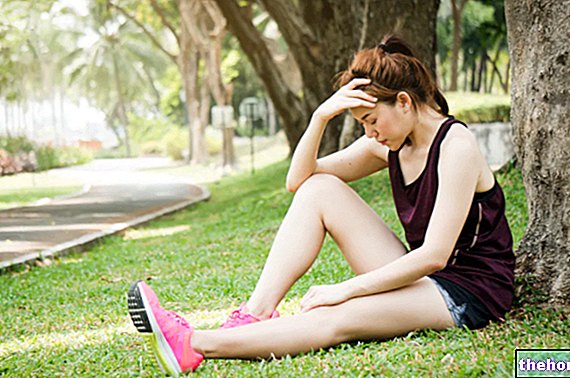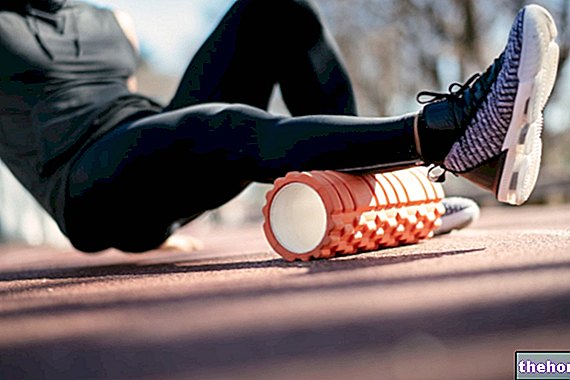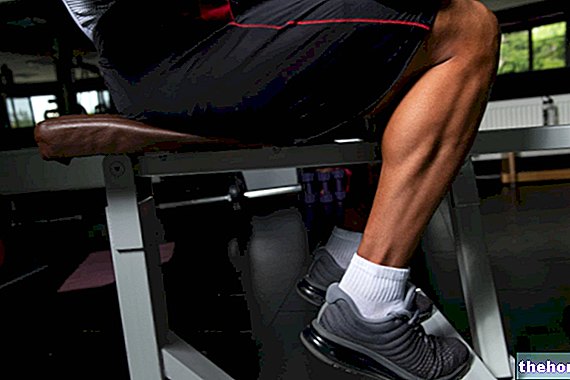Training the butt and making sure that the muscles of the buttocks are strong is not only important for aesthetics but also for health because it helps to keep the hip in balance, a correct posture, to prevent or reduce pain in the lower part of the back and knee and to carry out normal daily activities easily.
There are many exercises to train this part of the body, but some are more effective.
.
- Lie on your back, with your knees bent so that your buttocks are about a foot from your feet, and your arms at your sides.
- If using a dumbbell, hold it along the crease of the hip.
- Press the heels, force on the core and push the pelvis upwards by squeezing the buttocks.
- Make sure your chest does not rise during this movement.
- Hold the position for 2 seconds and bring your hips back to the ground.
Repetitions: 8 - 12 for 2 - 3 series.
Hip thrusts
This exercise involves the use of a barbell but if you are a beginner it is better to practice a few times without.
- Sit on the ground, with your shoulder blades resting on a bench.
- Place a barbell along the crease of the hips and hands around the bar.
- Bend your knees and keep your feet hip-width apart.
- Push the heels to the ground, force on the core and push the pelvis upwards by squeezing the buttocks.
- At the top of the movement, your shins should be vertical, your torso parallel to the ground, and your knees bent at a 90 degree angle.
- Avoid pushing with your lower back.
- Gently bring the weight back down.
- Make sure your chest is in the same position throughout the exercise and focus on using your pelvis to guide this movement.
Repetitions: 8 - 12 for 2 - 3 series.
Here are the mistakes of the Hip Thrust, or hip thrust, not to be made.
Kickbacks in the legs
This low-load exercise is great for improving lower body range of motion, stabilizing your core and lower back, and targeting your glutes.
- Position yourself on the ground on all fours, with your hands lined up under your shoulders and your knees under your hips.
- Engage your core and make sure your spine is in a neutral position.
- Trying to minimize any weight shifts, lift your right knee off the ground. Push the right heel back and slightly up towards the ceiling, straightening the leg. Avoid turning your hips or shoulders - your glutes should do most of the work.
- Return the leg to the starting position.
Reps: 8 - 12 for 2 - 3 sets on each leg.
facing forward.If you want to intensify the exercise you can hold a resistance band with your ankles.
Squat
The squat is the best known exercise for strengthening the buttocks. The key to its success is perfecting its shape. Then you can perform different variations or add loads in the form of barbells, dumbbells or a kettlebell to increase the difficulty.
This is the basic version.
- Stand with your feet slightly wider than hip-width and your hands on your hips or extended forward.
- Bend your knees and slowly push your hips down to a sitting position.
- Avoid pushing your knees forward.
- Continue lowering until your thighs are parallel to the floor and your knees are bent at a 90 degree angle.
- Maintain the position for 2-3 seconds and slowly return to the starting position.
Reps: 8 - 12 repetitions for 2 - 3 series.
Reverse lunge
- Stand with your feet hip-width apart and your hands on your hips.
- Shift your weight onto your left foot and take a large step back with your right foot.
- With the sole of the right foot touching the ground and the heel up, lower the right leg until the thigh is perpendicular to the ground and the right knee is at a 90 degree angle.
- The left knee should also be bent at a 90 degree angle.
- Push the heel and squeeze the buttocks to bring the body back to the starting position.
Repetitions: 8 - 12 for 2 - 3 series.
To increase the difficulty of the exercise, a dumbbell can be held in each hand.
Lunge variations are also excellent.






-cos-e-benefici.jpg)





















